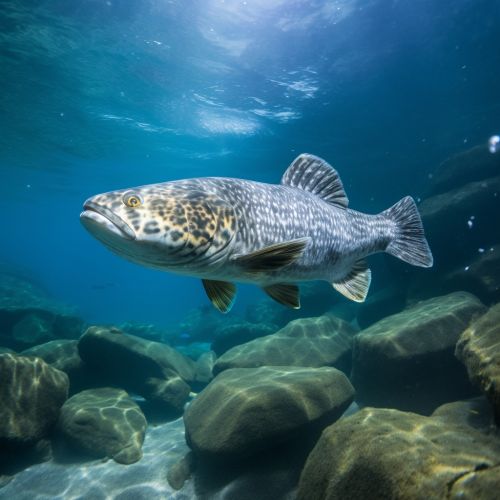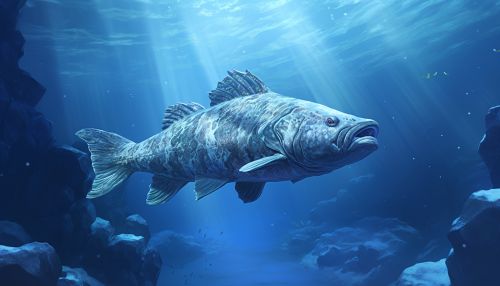Arctic Cod
Introduction
The Arctic Cod (Boreogadus saida), also known as the polar cod, is a species of cod that is primarily found in the Arctic Ocean. This species is a key component of the Arctic marine ecosystem, serving as a primary food source for a variety of marine animals, including seals, whales, and seabirds. Arctic Cod are characterized by their small size, pale coloration, and adaptations that allow them to survive in the frigid Arctic waters.


Distribution and Habitat
Arctic Cod are widely distributed throughout the Arctic Ocean and adjacent seas. They are found in both pelagic (open water) and demersal (near the sea floor) habitats, and are known to inhabit areas with sea ice. They are particularly abundant in the Barents Sea and around the archipelago of Svalbard, Norway. Arctic Cod are adapted to cold, low-salinity environments and are capable of surviving in temperatures as low as -2°C.
Physical Characteristics
Arctic Cod typically reach a length of 25-30 cm, although individuals up to 40 cm have been recorded. They have a slender, elongated body with a small head and large eyes. The body is pale in color, ranging from silvery-white to light brown, which helps the fish blend in with its icy surroundings. One of the key adaptations of the Arctic Cod is the presence of a special protein in their blood, known as antifreeze glycoprotein, which prevents their blood from freezing in the cold Arctic waters.
Life Cycle and Reproduction
Arctic Cod have a relatively short lifespan, typically living for 3-4 years. They reach sexual maturity at around 2 years of age. Spawning occurs in the winter months, with females releasing thousands of eggs into the water column. The eggs and larvae are pelagic, drifting with the ocean currents until they reach a suitable habitat. Juvenile Arctic Cod are known to form large schools, which provide protection from predators.
Diet and Predation
The diet of the Arctic Cod primarily consists of zooplankton, particularly copepods and amphipods. They are also known to feed on small fish and invertebrates. Arctic Cod are a key prey species for a variety of marine animals, including seals, whales, seabirds, and larger fish. Their abundance and high energy content make them a crucial part of the Arctic food web.
Impact of Climate Change
Climate change poses a significant threat to the Arctic Cod and the ecosystem it supports. Rising ocean temperatures and the loss of sea ice are altering the Arctic marine environment, which could have profound effects on the distribution and abundance of Arctic Cod. Research is ongoing to understand the full impact of these changes and to develop strategies for conserving this important species.
